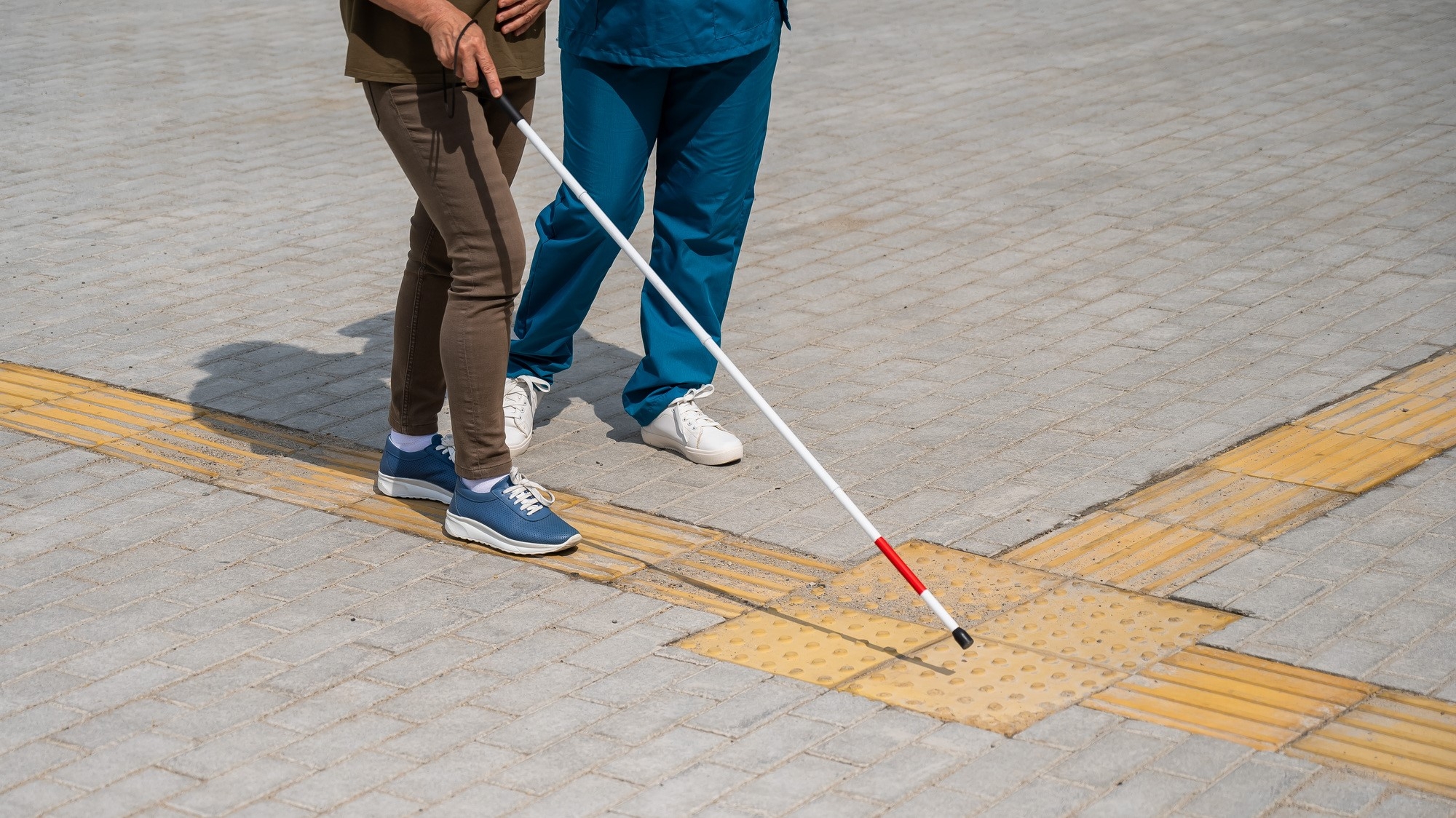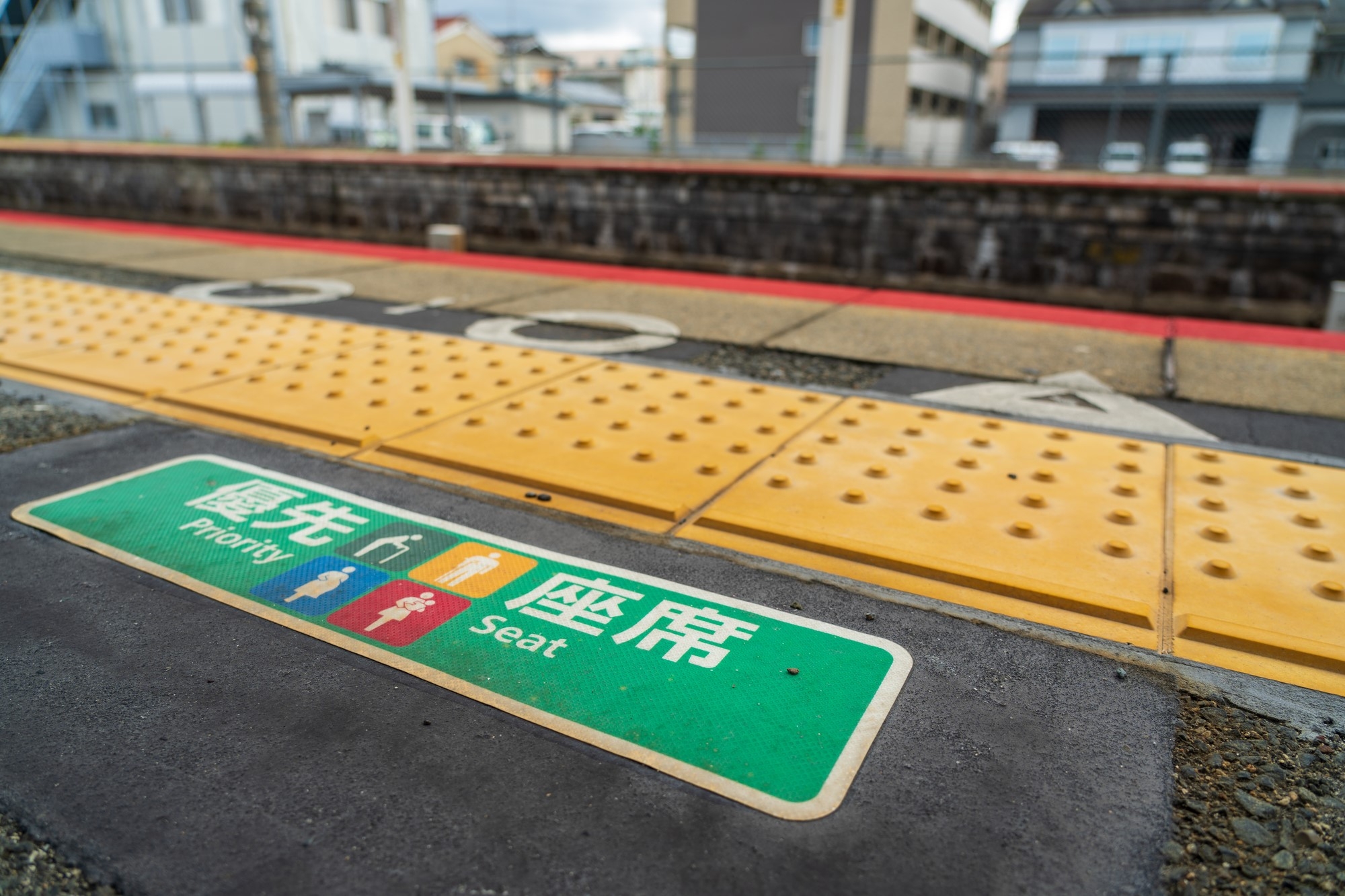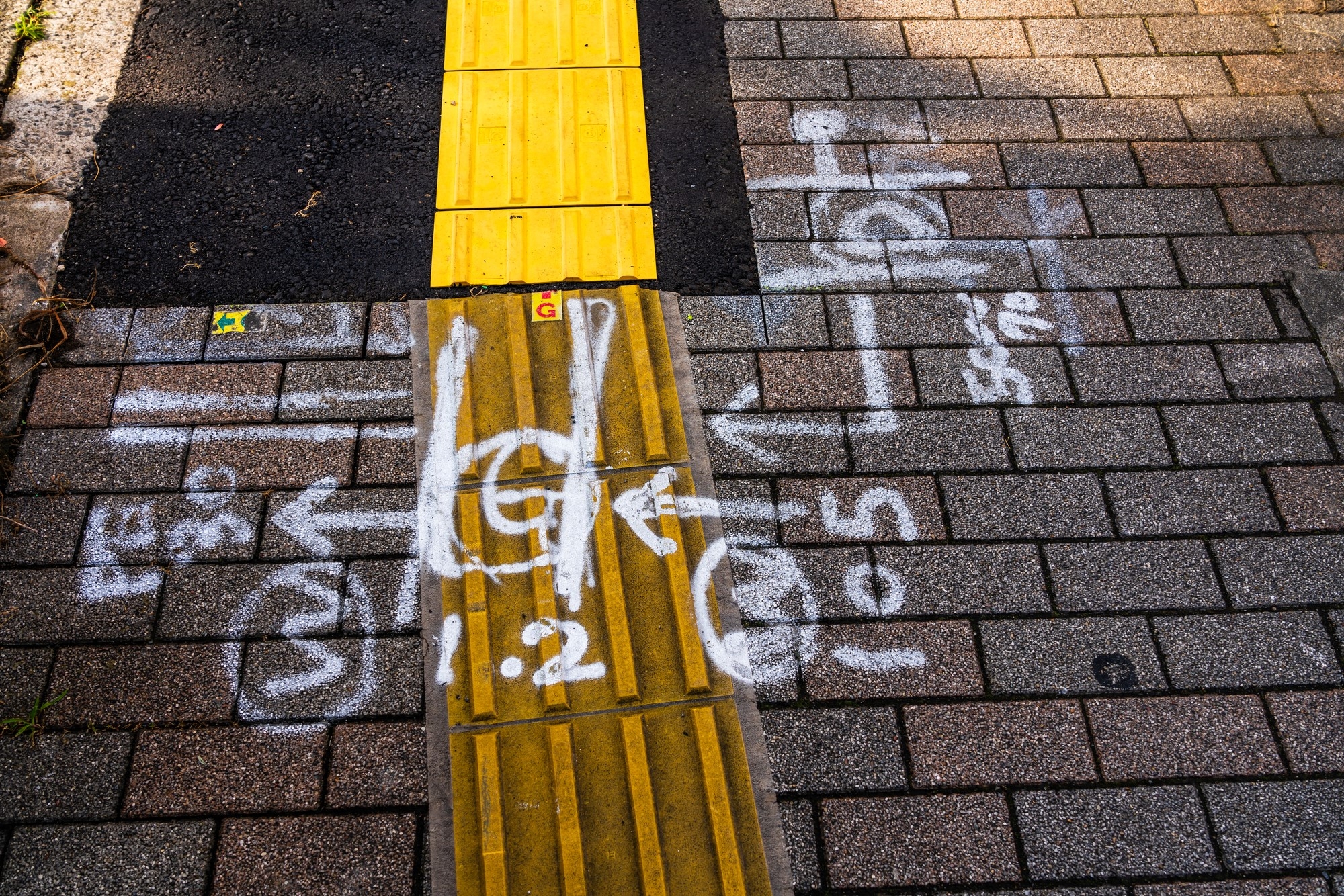OTHER
Japan’s Tactile Paving Blocks
January 26, 2024
Tactile paving blocks, also known as Tenji blocks, serve as yellow guide paths widespread across Japan, including stairs, elevators, and railway platforms, helping visually impaired individuals in navigating urban surroundings safely. Tenji blocks originated in 1965 from the inventive mind of Seiichi Miyake, who wanted to help a visually impaired friend.

The technology gained popularity globally, with the United Kingdom, Australia, and the United States embracing tactile paving in transportation systems and urban environments during the 1990s. The Americans with Disabilities Act of 1990 mandated tactile warning systems, making them compulsory on train platforms since 1991. Tactile blocks were even used at the 2000 Sydney Olympics and Paralympics, becoming a requirement in accessibility laws for numerous countries worldwide. Today, Tenji blocks can be found in towns and cities across 150 countries.

While the standard lines and dots are universally employed, some cities have taken an extra step by coloring the blocks on streets for individuals with partial sight. Others, like Dubai, use metal paving blocks in shopping centers and government departments.
In Japan, ongoing efforts to enhance the concept led to the launch of a 2021 app providing spoken information, including directions and distance, to pedestrians through QR codes on blocks in various Tokyo stations.
In Japan, ongoing efforts to enhance the concept led to the launch of a 2021 app providing spoken information, including directions and distance, to pedestrians through QR codes on blocks in various Tokyo stations.

